[ad_1]
Portrait vs panorama: It’s a troublesome comparability as a result of it’s usually unclear what’s truly being mentioned.

After all, we could possibly be speaking about:
- The portrait style vs the panorama style
- Portrait methods vs panorama methods
- Portrait gear choice vs panorama gear choice
- Portrait orientation vs panorama orientation
- Portrait careers towards panorama careers
Well, don’t fear. Because on this article, we’re going to cowl them all. You’re going to find the distinction between portrait and panorama in each sense of the phrase.
Let’s get began.
Portrait vs Landscape: Photography Genre
Portrait and panorama images are two of the preferred genres on the market. But what’s the distinction?
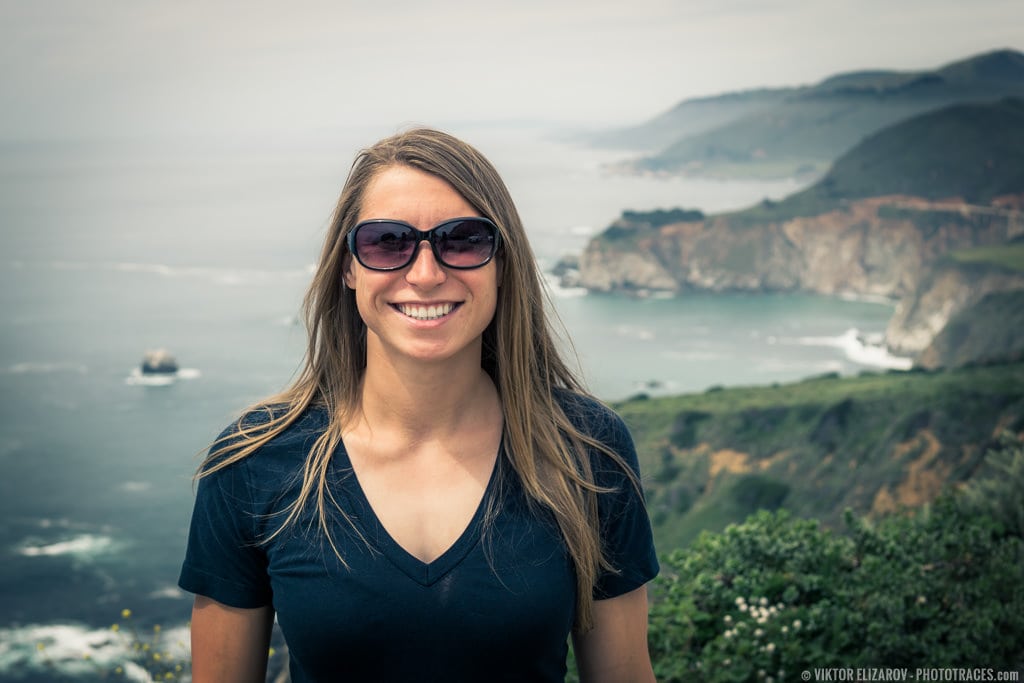
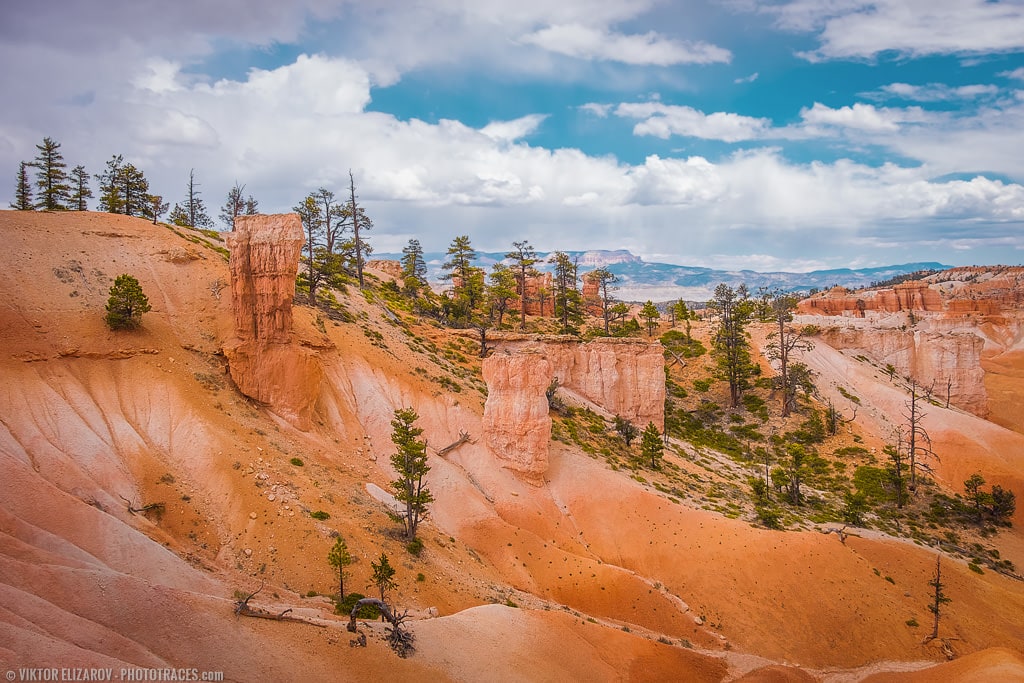
Genre of Portrait Photography
Portrait images refers to photographs of individuals taken with the topic’s permission or expectation.
And the portrait style is thought for its dedication to shallow depth of subject (for an out-of-focus background) and frequent reliance on studio gear (for flattering, beautifully-lit outcomes).
Note that portrait images isn’t nearly method, nevertheless. To seize stunning portraits, you need to seize one thing of your topic, which frequently requires connecting with them on a deep degree.
Genre of Landscape Photography
Landscape images is outlined as photographs that embody a wider perspective–usually taken in nature, although generally in metropolis environments (e.g., city landscapes).
Note that panorama photographers love a deep depth of subject impact, which is the alternative of a shallow depth of subject impact (as described above); with a deep depth of subject, your total picture is mostly sharp, from entrance to again.
As with portrait images, panorama taking pictures requires gaining a deeper connection along with your topic (which is mostly the pure world).

Landscape vs Portrait: Photography Technique
Portrait photographers intention for a shallow depth of subject impact with a view to separate the topic from the background.
See additionally: How to Know What Aperture to Use
On the opposite hand, panorama photographers try and seize the complete scene as a complete, which means that the picture ought to be sharp all through.
Blurring the Background in Portrait Photography
Portrait photographers love a smoothly-blurred background.
Here’s how they do it:
First, portrait photographers use a focal size of round 50mm or longer.
(The longer the focal size, the shallower the depth of subject, and the higher the background blur.)
Second, portrait photographers use a large aperture, usually between f/1.4 and f/2.8.
Third, portrait photographers get near the topic. The nearer your lens is to the topic it’s specializing in, the higher the blur within the ultimate picture.
Put all these items collectively, and also you’ll find yourself with a pointy portrait towards a clean, creamy background.
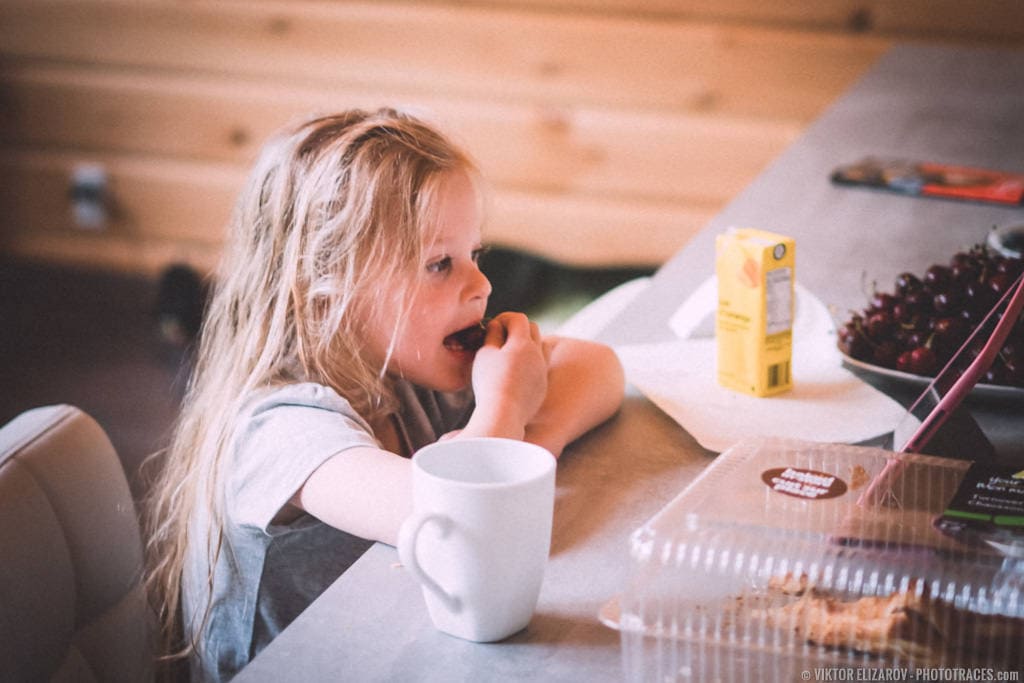
Maximizing Depth of Field in Landscape Photography
Landscape photographers usually try to maximise depth of subject, guaranteeing each the closest foreground aspect and essentially the most distant background aspect are tack sharp.
Here’s what you do:
First, choose a lens with a broad focal size. The wider the focal size, the deeper your depth of subject, all else being equal!
Second, regulate your aperture in order that it’s as broad as doable (with out sacrificing picture high quality resulting from diffraction). I’d suggest an aperture within the f/8 to f/11 vary.
And third:
Focus on the hyperfocal distance, which is the purpose at which you maximize the realm of the picture that’s sharp. While there are calculators and apps you need to use to find out the hyperfocal distance, a superb rule of thumb is to focus round a 3rd of the way in which into the body. That method, you’ll get most–and hopefully all!–of the scene sharp.
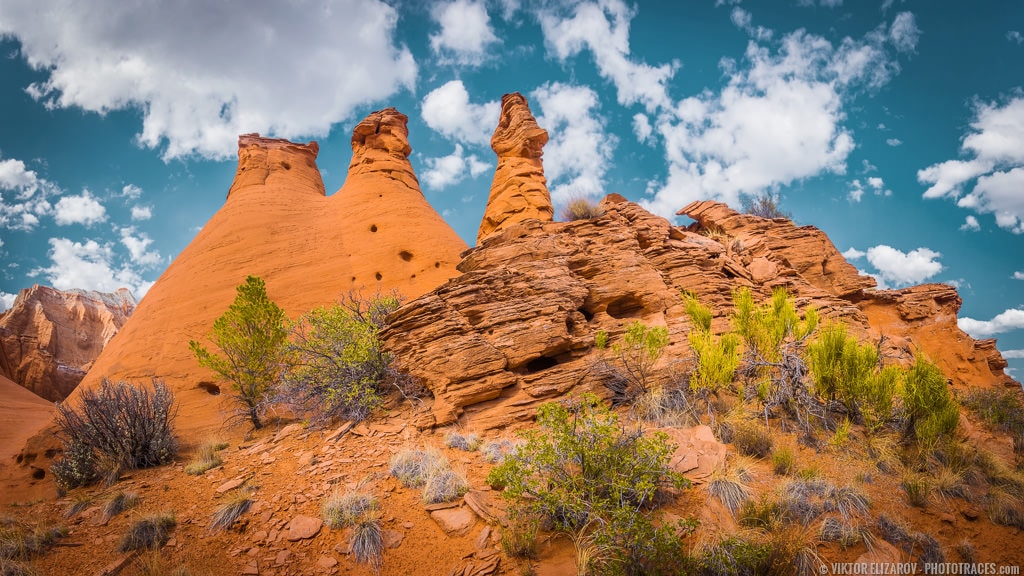
Portrait vs Landscape: Photo Equipment Selection
As you may anticipate, portrait and panorama photographers use totally different gear.
But what, particularly, may you discover in a portrait photographer’s bag in comparison with a panorama photographer’s bag?
Equipment for Portrait Photography
Portrait photographers usually use DSLRs or mirrorless cameras. Many of essentially the most severe portrait shooters work with full-frame sensors, as this helps obtain a gorgeous shallow depth of subject impact whereas additionally guaranteeing higher ISO efficiency in low mild.
See additionally: 35mm vs 50mm Lens
As for lenses, portrait photographers are inclined to work within the 50mm to 200mm vary. Many portrait photographers use a 50mm prime, an 85mm prime, and a 70-200mm zoom. Note that the very best portrait lenses supply broad most apertures (i.e., f/2.8 and beneath) for a blurred-background impact.
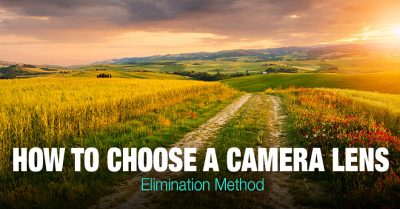
Portrait photographers aren’t particularly keen on tripods–portrait periods are usually too fast-paced and spontaneous.
But one can find loads of portrait shooters working with lighting gear, particularly within the studio. This contains exterior flashes equivalent to speedlights or strobes, modified by umbrellas and softboxes.
Equipment for Landscape Photography
Landscape photographers usually work with full-frame mirrorless and DSLR cameras, although APS-C and Micro Four Thirds programs supply a pleasant compromise when it comes to weight and slim depth of subject.
See additionally: Best Tripod Brands
Landscape shooters just about at all times carry at the very least one wide-angle lens, in addition to a telephoto lens for tighter landscapes. So you’ll usually discover panorama shooters with an (roughly) 16-35mm lens, a 24-70mm lens, and a 70-200mm lens.
Unlike portrait photographers, panorama photographers don’t require lenses with broad apertures since they intention to attain a deep depth of subject. And synthetic lighting is nearly pointless, given the vastness of the panorama in comparison with the beam of a speedlight.
But a tripod is just about a necessity for panorama photographers, and there are a lot of panorama snappers who don’t go wherever with out one.
Portrait and Landscape Orientation as Elements of Composition
Now let’s check out the distinction between panorama and portrait orientations.
Note that images wider than they’re tall have a horizontal orientation, also referred to as panorama orientation.
And images taller than they’re broad have a vertical orientation, also referred to as portrait orientation.
See additionally: Composition – Golden Ratio in Photography
But how do these totally different orientations have an effect on your photographs?
Choosing Portrait Orientation Over Landscape Orientation
Portrait orientation emphasizes vertical strains whereas doing a superb job of becoming topics/scenes which are tall and compressed.
That’s why portrait orientation is usually used when photographing a full-body portrait, a waterfall, buildings, and extra.

Note that social media minded photographers usually {photograph} (or crop) in portrait orientation to optimize photographs for viewing on mobile-focused apps, equivalent to Instagram.
Choosing Landscape Orientation Over Portrait Orientation
Landscape orientation emphasizes horizontal strains and is nice for huge, sweeping scenes, which is why it’s generally used for panorama topics in addition to environmental portraits.
Note that panorama orientation lets you embody quite a lot of damaging house round your topic, which in flip creates impactful, minimalist photographs.
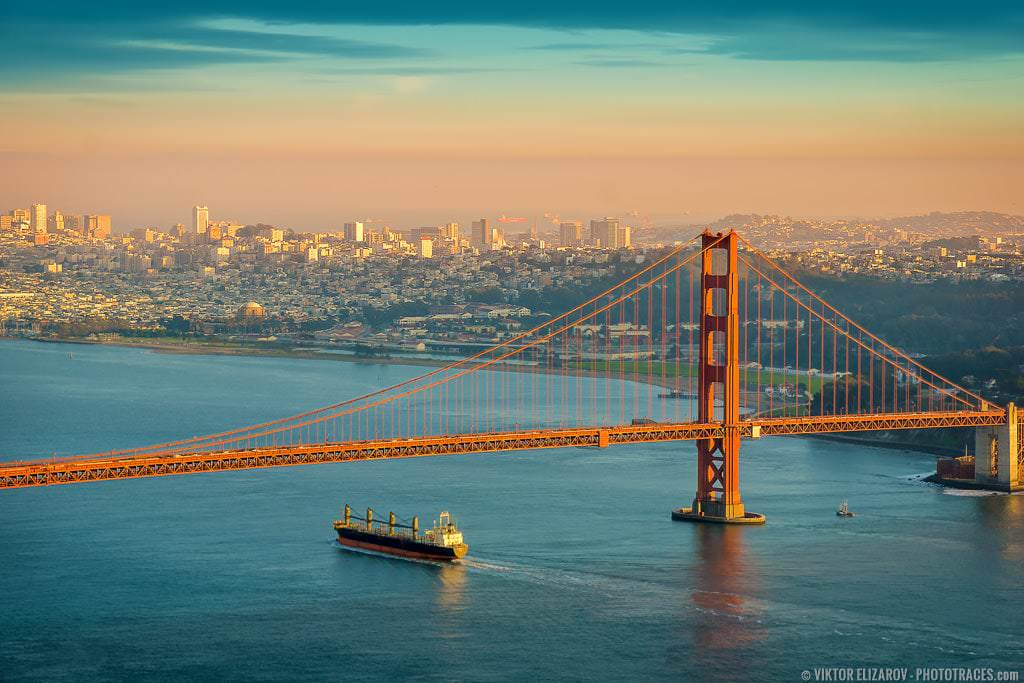
Also observe that you just aren’t essentially locked right into a panorama orientation; you’re at all times free to crop to portrait orientation, even after you’ve taken a picture.
If you’re planning to show your photographs on the pc or the TV, panorama orientation is usually the way in which to go.
Portrait vs Landscape: Career Choices
Professional portrait photographers {and professional} panorama photographers have very totally different ability units, totally different enterprise fashions, totally different advertising and marketing methods, and extra.
Portrait images includes quite a lot of work with shoppers earlier than and throughout the photoshoot. Landscape images is extra nature-focused and extra remoted; you usually spend hours strolling, mountain climbing, driving, and many others., to get that once-in-a-lifetime shot.
Also, observe that portrait photographers are inclined to promote domestically, whereas panorama photographers concentrate on promoting prints and/or workshops to shoppers across the globe.
Portrait vs Landscape | Conclusion
Hopefully, you now perceive the important thing variations between panorama vs portrait images.
And you’re in a position to determine what works for you!



